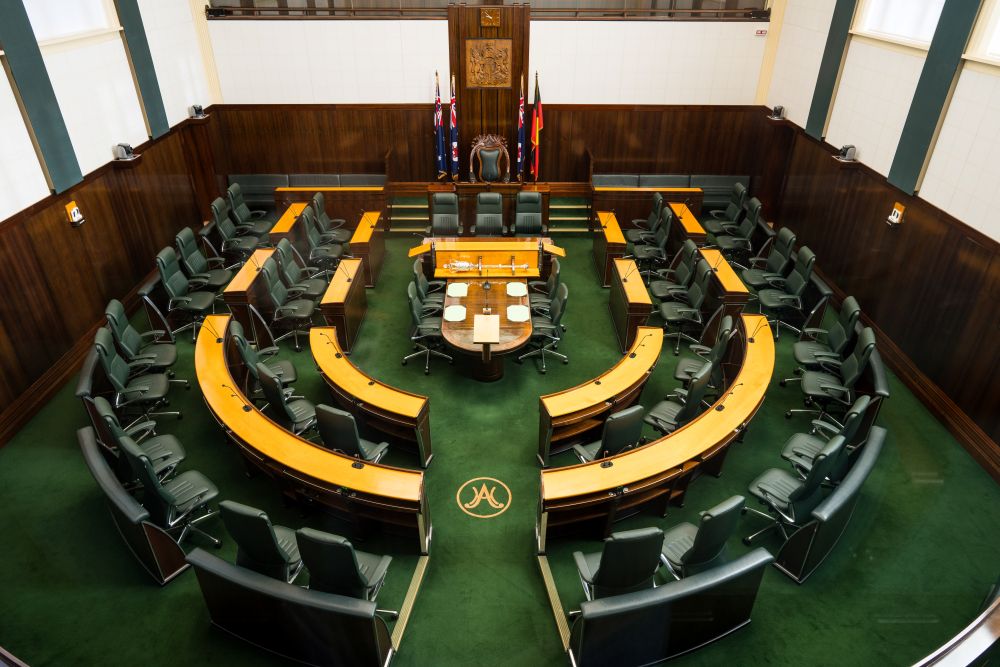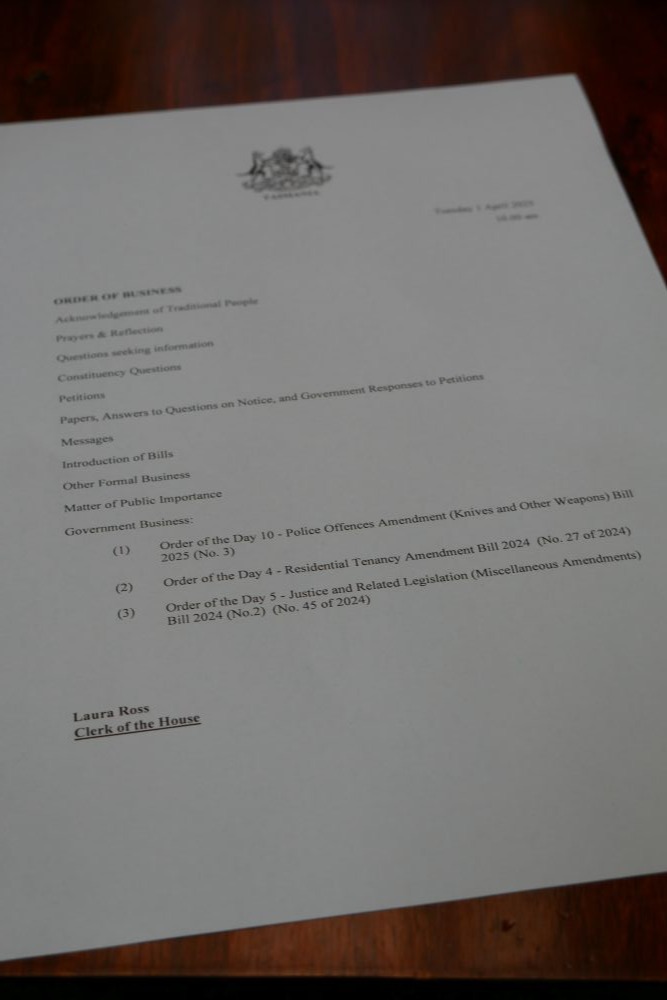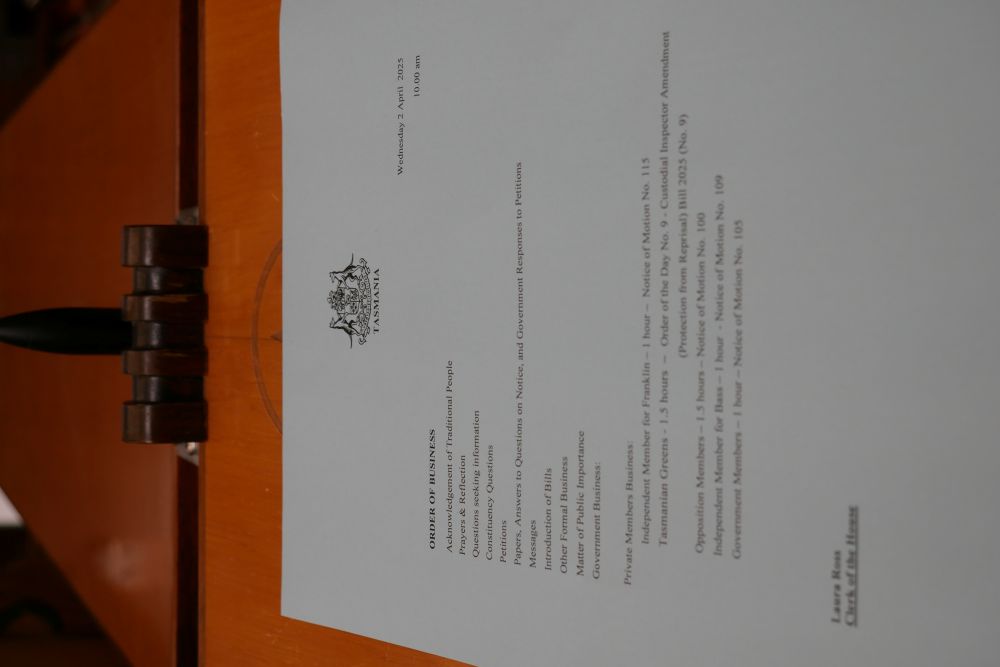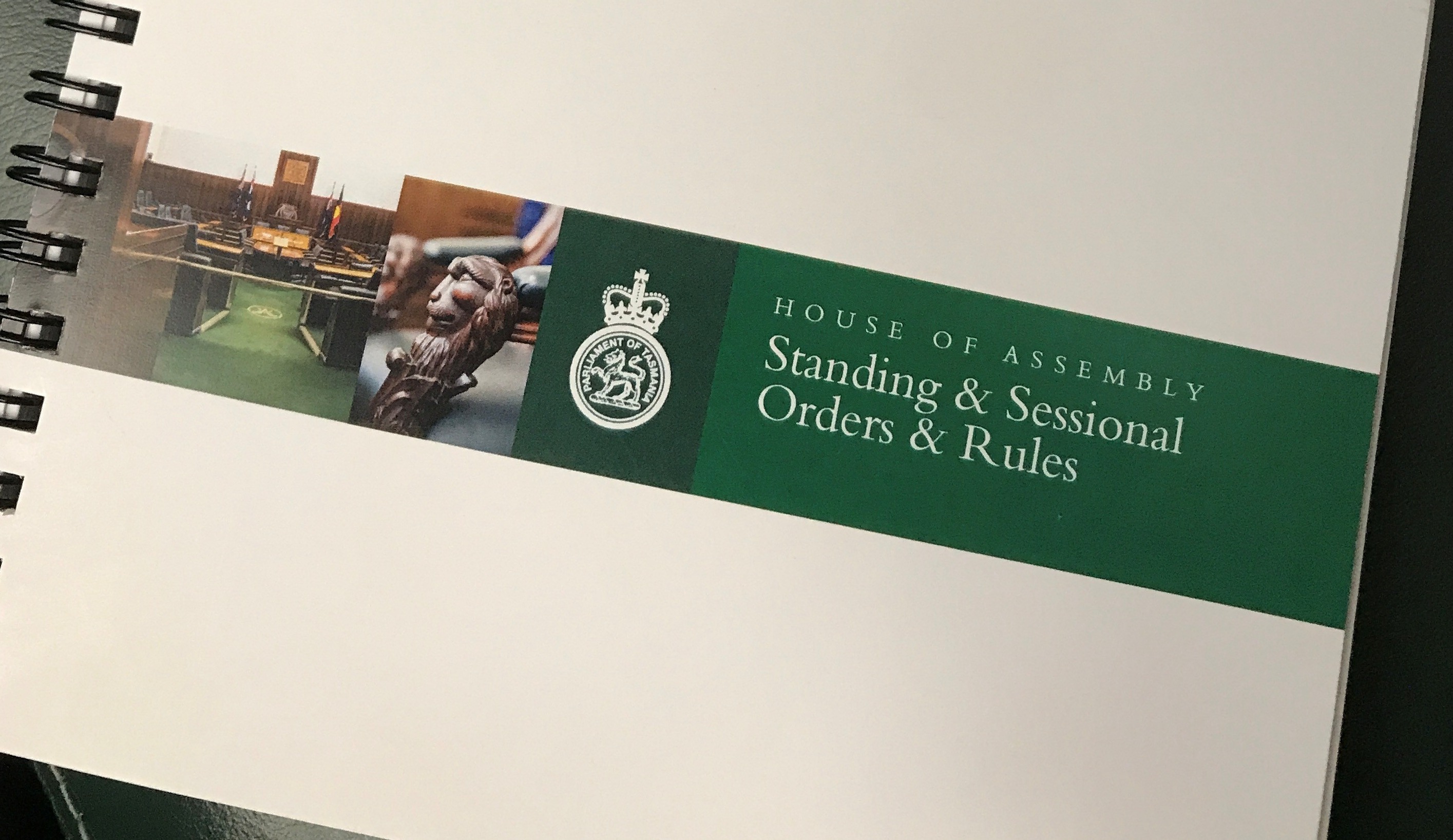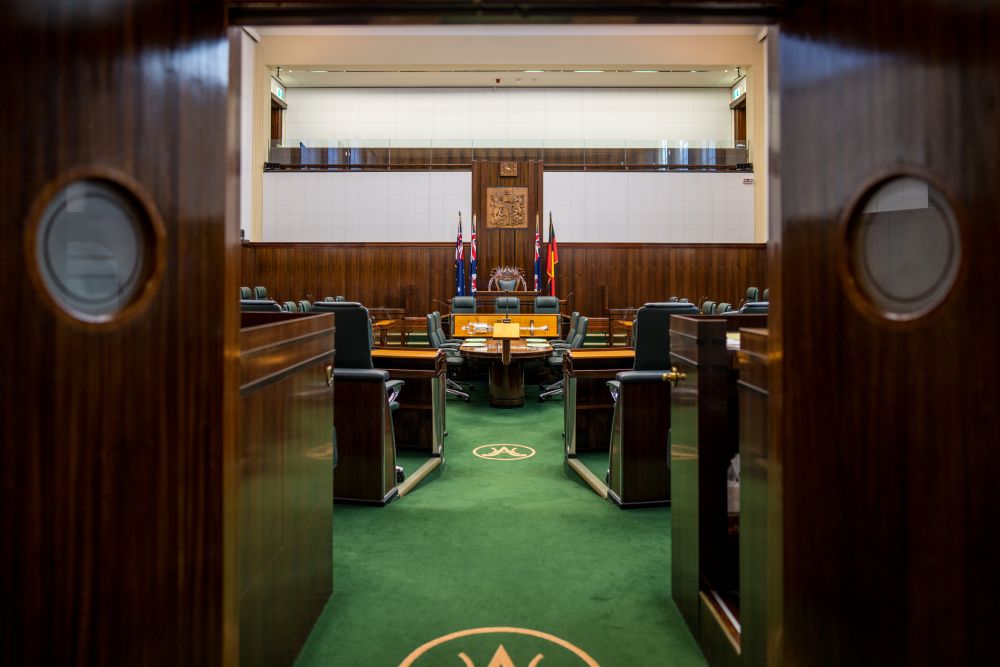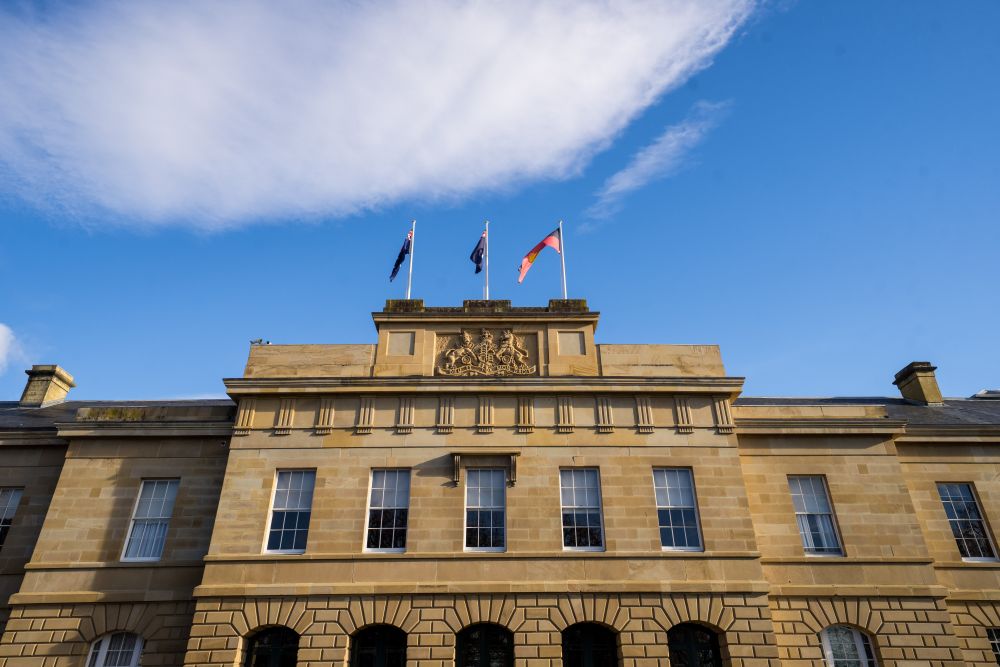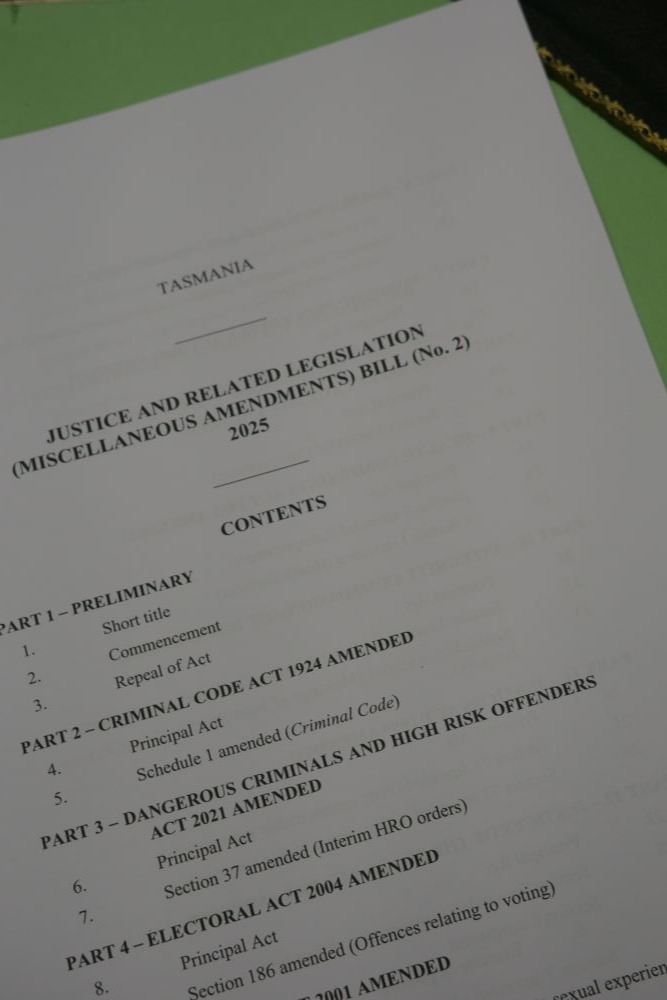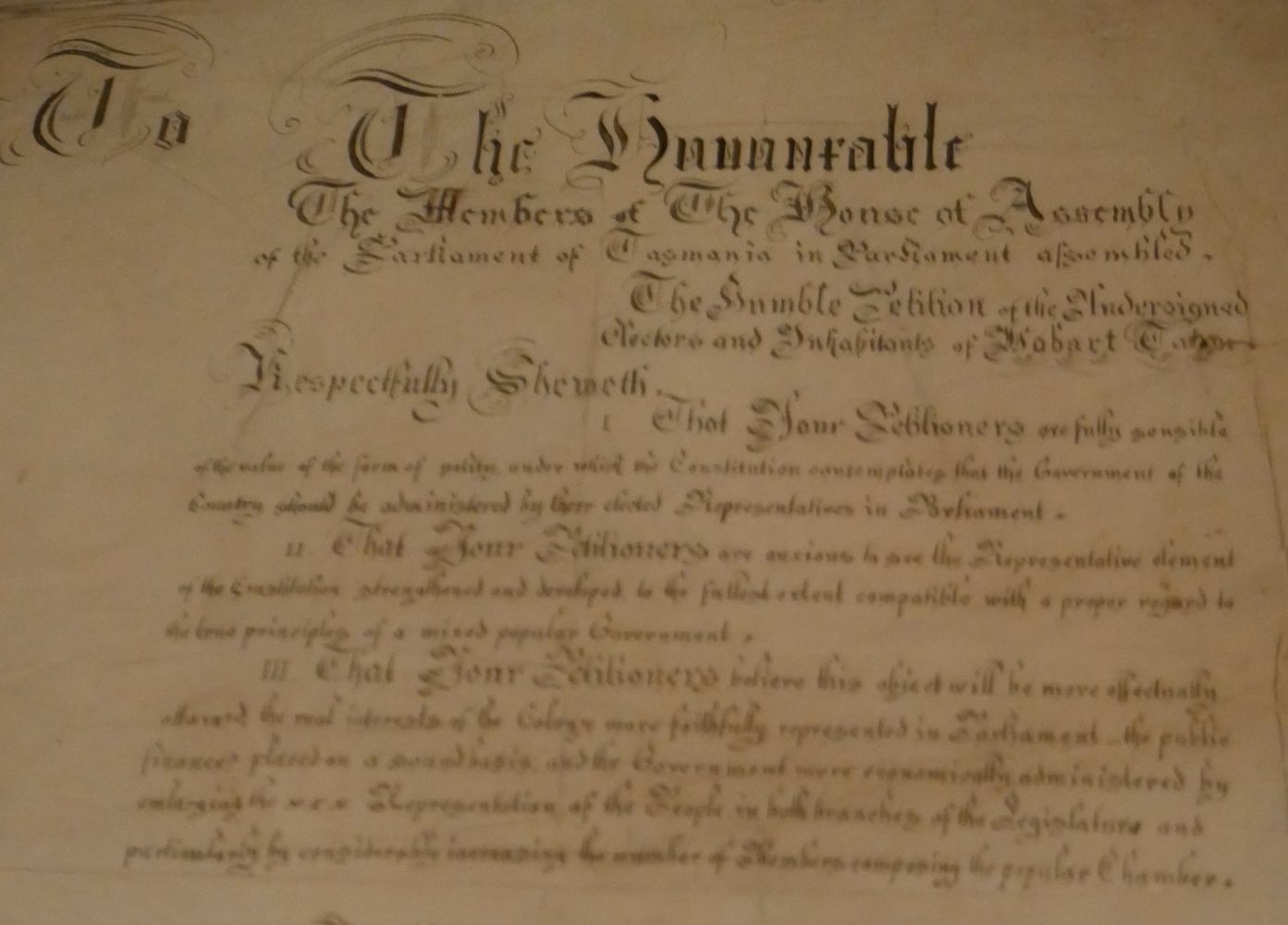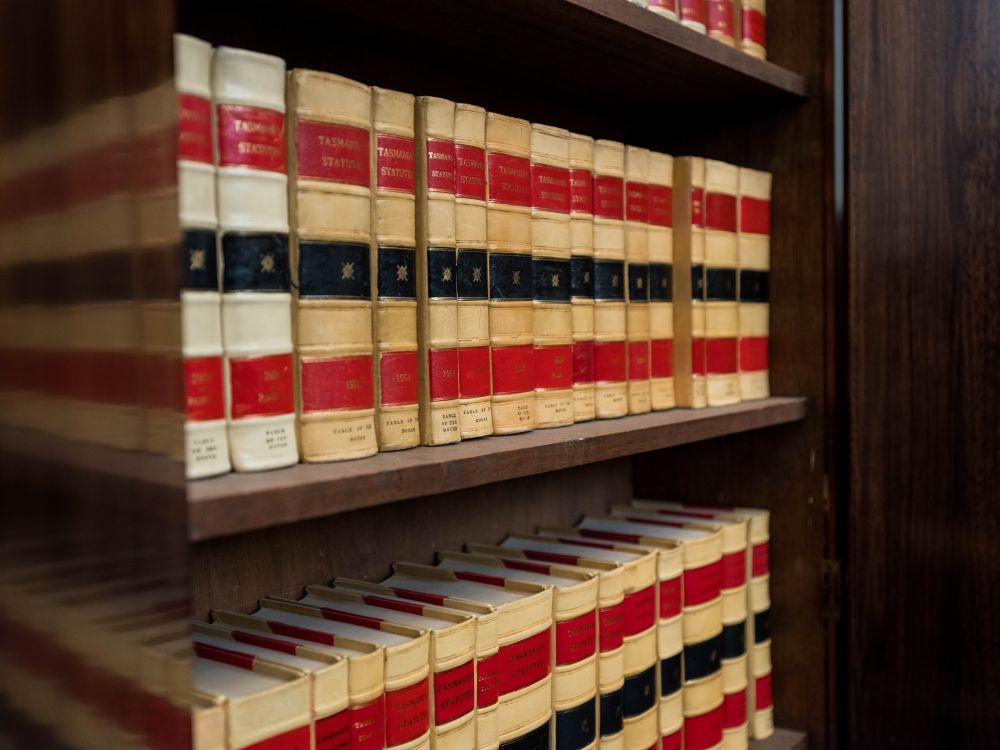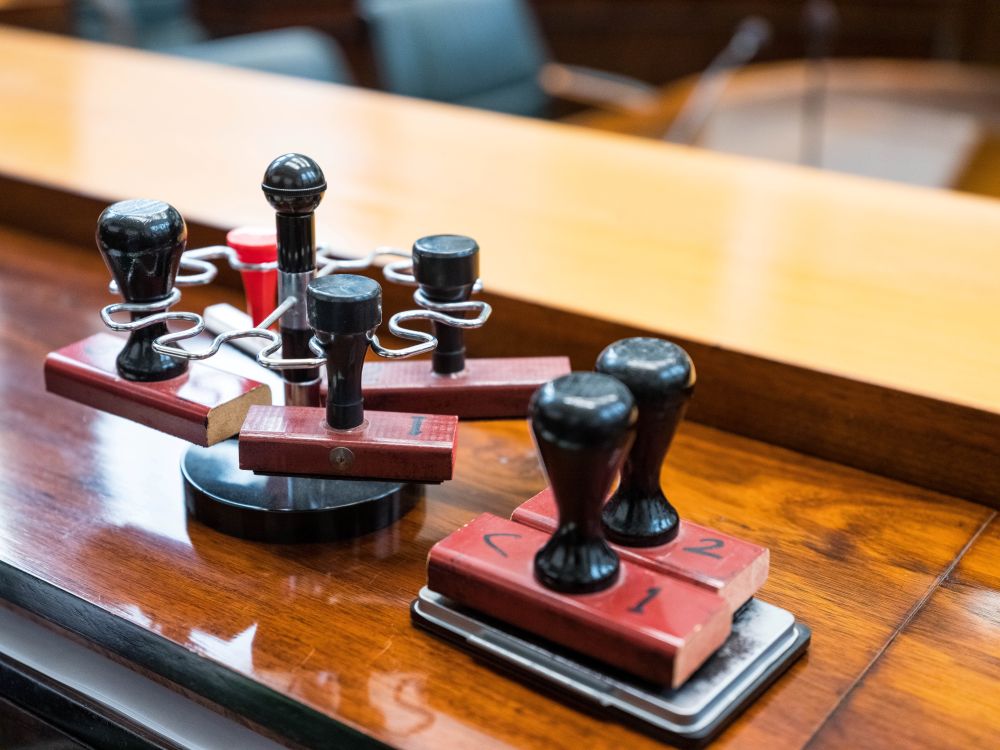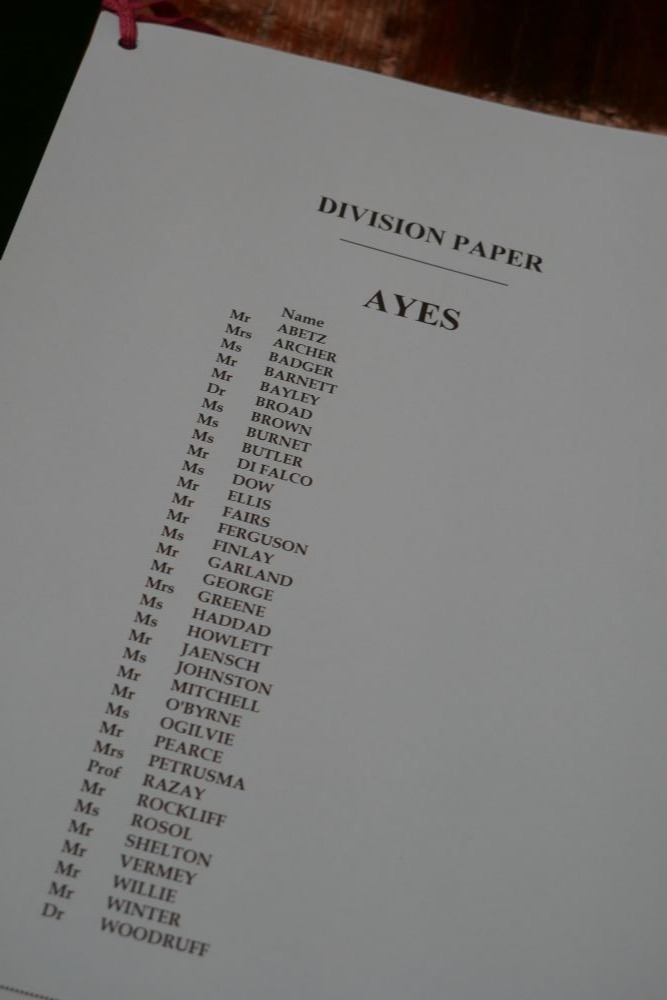Typically, the House sits from March to June and then from August to December. The House of Assembly meets on Tuesday, Wednesday and Thursday starting at 10.00 am. Currently, the expected adjournment time on Tuesday and Thursday is 6.00pm and not before the conclusion of Private Member's Business on Wednesday, which is conducted on a rotation basis and likely to finish around 8.00pm.
The business of the House of Assembly is carried out in accordance with its Standing and Sessional Orders and Rules. In any case not provided for in the Standing Orders, or where there is no clear precedent, the practices of the House of Commons or other Australian parliaments may be sought. The Speaker presides over proceedings, and it is their responsibility to enforce these rules with fairness and impartiality.
While the House can vote to modify its proceedings, the following outlines the usual activities of a Parliamentary sitting day:
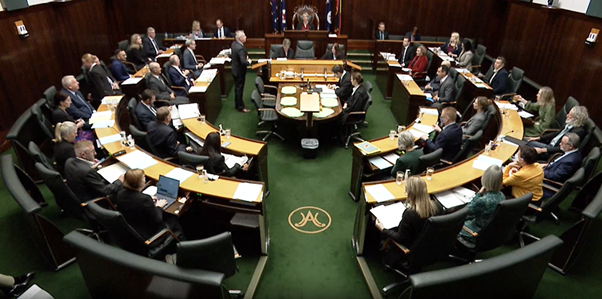
With the exception of the Opening Day following an election, each sitting day begins with Question Time, which normally lasts around one hour. This is the period of the day which is often of most interest to visitors, with a wide range of subjects receiving vigorous attention and discussion moving quickly.
Nearly all questions are directed to Ministers on topics relating to their responsibilities, though it is possible to ask other Members about certain matters. In recent times, the House has agreed to an allocated number of questions to parties and independents to ensure the opportunity to scrutinise and seek information is shared fairly.
At the conclusion of Question Time, Members have the opportunity to ask questions to Ministers relating to constituency matters. Answers to these must be given in writing within thirty days and are published on the Parliament’s website.
Following Question Time, the House allocates thirty-five minutes to debate a nominated subject. The choice of topic is rotated amongst each party and independent, as agreed to by the House. Speeches are limited to five minutes during this debate.
The Government sets a plan for the day, known as the Order of Business or ‘the Blue,’ which outlines their intentions for what legislation and motions will be debated. This is published online from around 9.45am on each sitting day. Government Business has priority unless determined otherwise by the House.
Order of Business, or 'the Blue'
Private Members are those members of Parliament who do not hold a role as part of the executive, i.e. they are not Ministers. This term therefore includes Government Backbenchers, Opposition Members and Members of the Crossbench. While they may seek the agreement of the House to prioritise their business at other times, under the Standing Orders time is allocated to these members on Wednesday afternoons. The House adopts a schedule to rotate this time between all private members. Each group may use their allocated time to bring forward a Motion or a Bill for debate. This rotation is outlined in the Sessional Orders and the allocations for each Wednesday are noted on the Order of Business for the day.
Order of Business for Wednesday, with Private Member's Business listed
Adjournment marks the conclusion of a day’s sitting. The adjournment is moved at 6.00pm on Tuesday and Thursday, and following Private Member's Business on Wednesday, unless the House has agreed to sit later. When the adjournment is called, a debate then takes place and allows Members to contribute a five-minute statement upon a matter of interest to them. This could be anything from community events to global news, topical issues, or a response to a matter that has arisen in the Chamber that day. This debate can only go for one hour before the House votes on whether it will conclude for the day or continue. Once the House adjourns, the Speaker leaves the Chair and is escorted from the Chamber by the Sergeant-at-Arms carrying the Mace.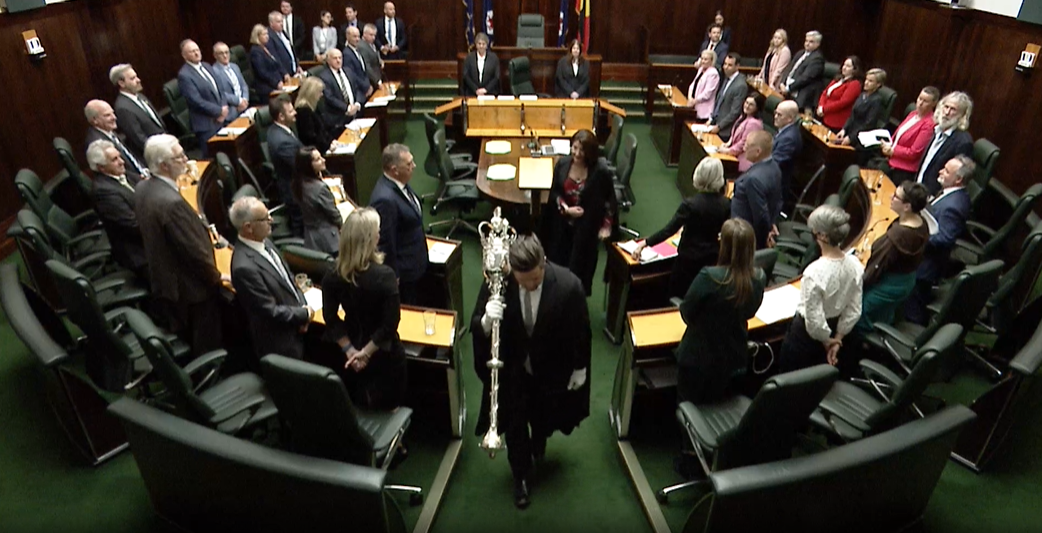
Speaker departing the Chamber, accompanied by the Sergeant at Arms with the Mace
The business of the House in legislating, scrutinising the executive and representing the community is carried out through forms including Bills, motions, petitions and papers as outlined below:
A Bill is a proposal for a new law or an amendment to an existing law. Bills may be introduced to the House by any member, but most come from ministers. Bills may also be initiated in the Legislative Council and once passed are sent to the House for its agreement.
There are several stages for a Bill to pass the House:
- First Reading
- Second Reading
- Committee of the Whole House (optional)
- Third Reading
First Readings generally occur following Question Time. The Clerk reads out the Bill’s long title, which sets out the purpose and scope of the Bill. A vote is held to determine whether the House wishes to consider the Bill, but no debate occurs. At this point the Bill becomes a public document and is made available online.
Example of a Bill
Unless otherwise agreed, at least six days must elapse before a Bill is ready for the second reading, which is considered to be the most important stage in a Bill’s passage. The Member who introduced the Bill explains the principles of the proposed change in the law. All other Members are then entitled to give their views and to ask questions about the Bill. Once all Members have had an opportunity to express themselves, the introducer of the Bill will respond to their comments and questions. Following this response, the Speaker will put the second reading of the Bill to a vote. If it is not agreed to, it means that the House does not accept this proposed alteration to the law and the Bill does not proceed further.
If the House agrees to the Bill, it may then proceed either to the Third Reading or to the Committee stage. The latter occurs if any member wishes to amend the Bill or to ask questions about specific clauses. The House then sits as a Committee of the Whole House, with the Speaker leaving the chair and the Chair of Committees presiding over proceedings. The Bill is considered clause by clause and potentially amended as agreed to by the Committee. This stage is less formal than others, and members’ speeches are shorter and confined to detail. After the last clause and the title have been approved, the Committee reports the Bill back to the House.
The Speaker returns to receive the Bill and then moves the third reading which concludes the Assembly's dealings with the Bill. Like the first reading, debate rarely takes place at this point.
The Bill is then sent to the Legislative Council for its consideration. If the Bill passes the Council, it is then given to the Governor for Royal Assent and can then become an Act of law, rather than a Bill. If the Council has amended the Bill, it must be returned to the House for its agreement. Only once both Houses have agreed to the same version can it be given to the Governor and become law.
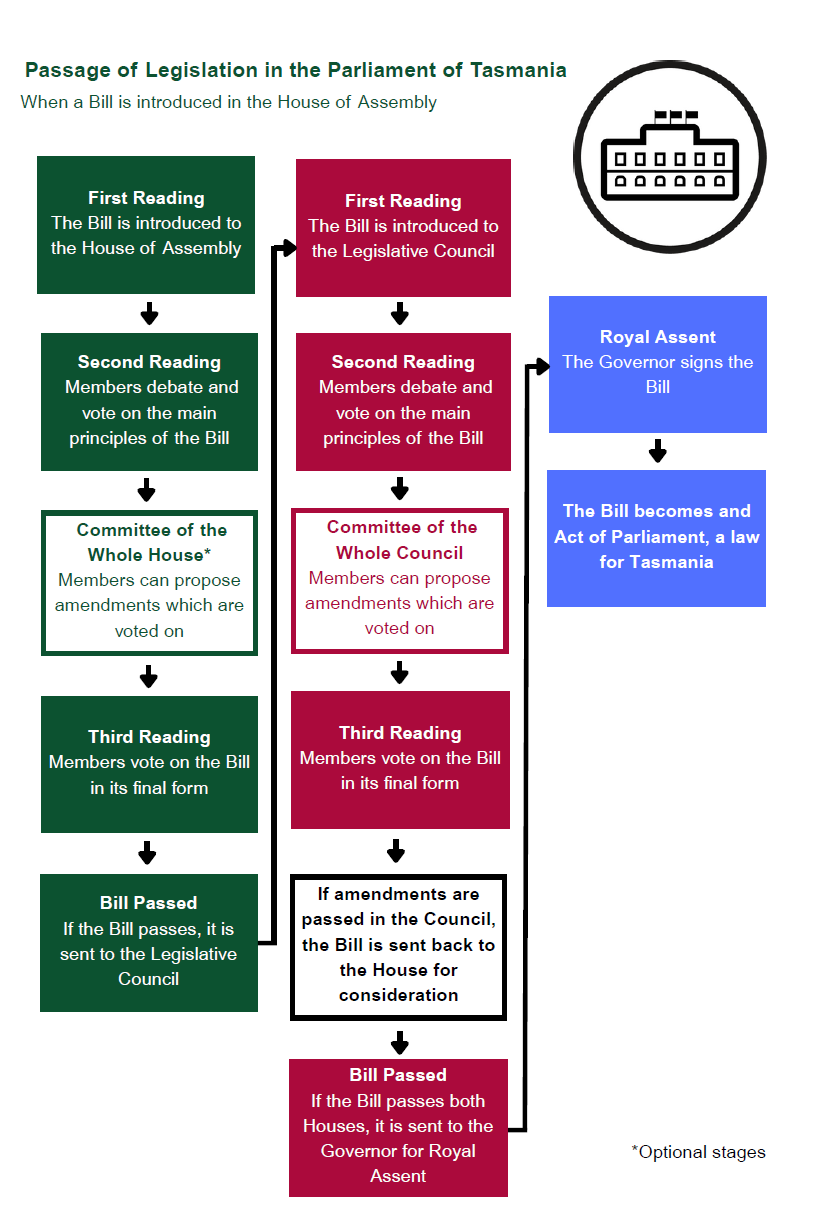
For more information on the procedures of the Legislative Council, please see Brief Tour of the Legislative Council.
Motions are proposals that seek a decision from the House which does not involve creating or changing a law.
Motions can take many forms. They are utilised to determine everything from housekeeping matters about the running of the House to a request to create a Committee to investigate a topic or an acknowledgement of something that has occurred in the community.
The most significant kind of Motion is a Motion of no confidence against the Government which, if passed, would bring about its downfall. This most recently occurred in 2025.
Current Motions for which notice has been provided are listed on the Notice Paper, a new edition of which is published each sitting day. Members can also seek the leave of the House to move a Motion without notice.
Petitions are a method by which grievances of individuals or groups can be brought to the attention of the Parliament in the form of a brief request to the House, to which is attached the signatures of those concerned. The Government is then required to provide a response within fifteen sitting days. Petitions can be conducted in paper or electronic form, or both, providing they adhere to the rules of the House. Information about these rules and links to currently open ePetitions are available here.
1861 Petition to the House of Assembly regarding the number of Members of the House
Papers may refer to a variety of documents which are presented to the House - or ‘tabled’ - and having been tabled receive parliamentary privilege. Examples include Committee reports and annual reports of Government agencies.
As well as Question Time, Members can ask questions of Ministers through a written Question on Notice. These are published weekly in the Notices of Questions paper available through the Chamber Proceedings calendar. Answers to Questions on Notice are tabled by the relevant Minister and can be found in the House's Tabled Papers.
Other Parliamentary terms and practices:
There are two forms of voting in the House: a vote on the voices and a division vote.
Following the conclusion of a debate, the Speaker calls for a vote on the voices. Those who agree say ‘Aye’ and those against say ‘No.’ The Speaker judges which side had the majority of votes and states ‘I think the ayes/noes have it.’ This is then recorded as resolved in the affirmative or negative.
A division vote occurs if, after the Speaker makes their call, a Member who voted in the negative calls ‘divide’. When a division is called for, the Speaker orders the bells to be rung and all Members have seven minutes to return to the Chamber before the doors are locked. The Speaker then repeats the question before the House and directs the ayes to the right and the noes to the left. The members are counted and -unlike in a vote on the voices- the names of those voting for and against are recorded in the day’s Votes and Proceedings and Hansard. The Speaker then announces the result.
If the vote is tied, the Speaker has the casting vote.
The business of the House can only be conducted if a quorum is present. The number of Members required for a quorum is fourteen, including the Speaker. When at any stage of a day's proceedings a Member brings the Speaker's attention to the absence of a quorum, the Speaker orders that the bells be rung to summon Members to the Chamber. If after five minutes a quorum is not present, the Speaker adjourns the House until the next appointed sitting time.
The House can establish Committees, which are made up of either members of the House or of both Houses, to inquire into particular topics. These Committees conduct their work outside of the Chamber and sitting days, and report back to the House/s.
For more information about committees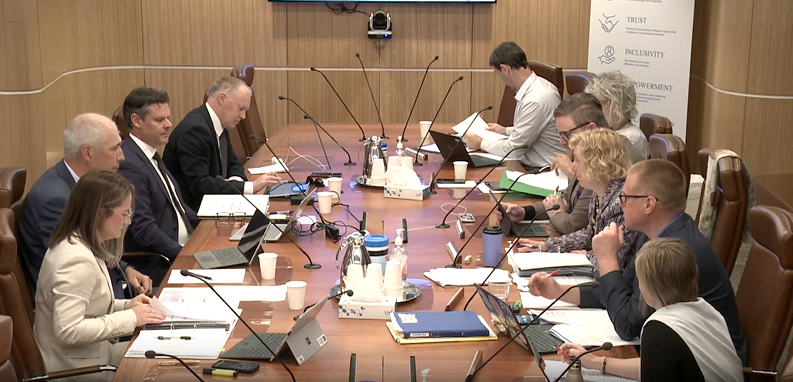
Public Hearing of the Joint Select Committee on Energy Matters
